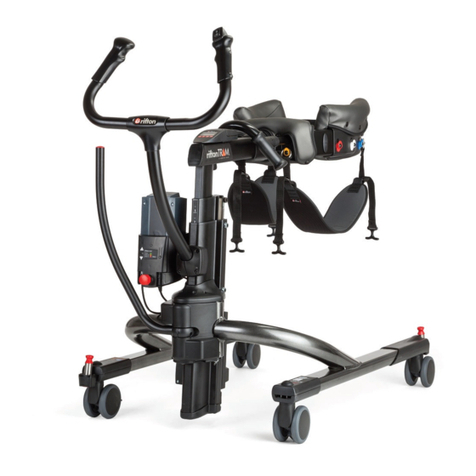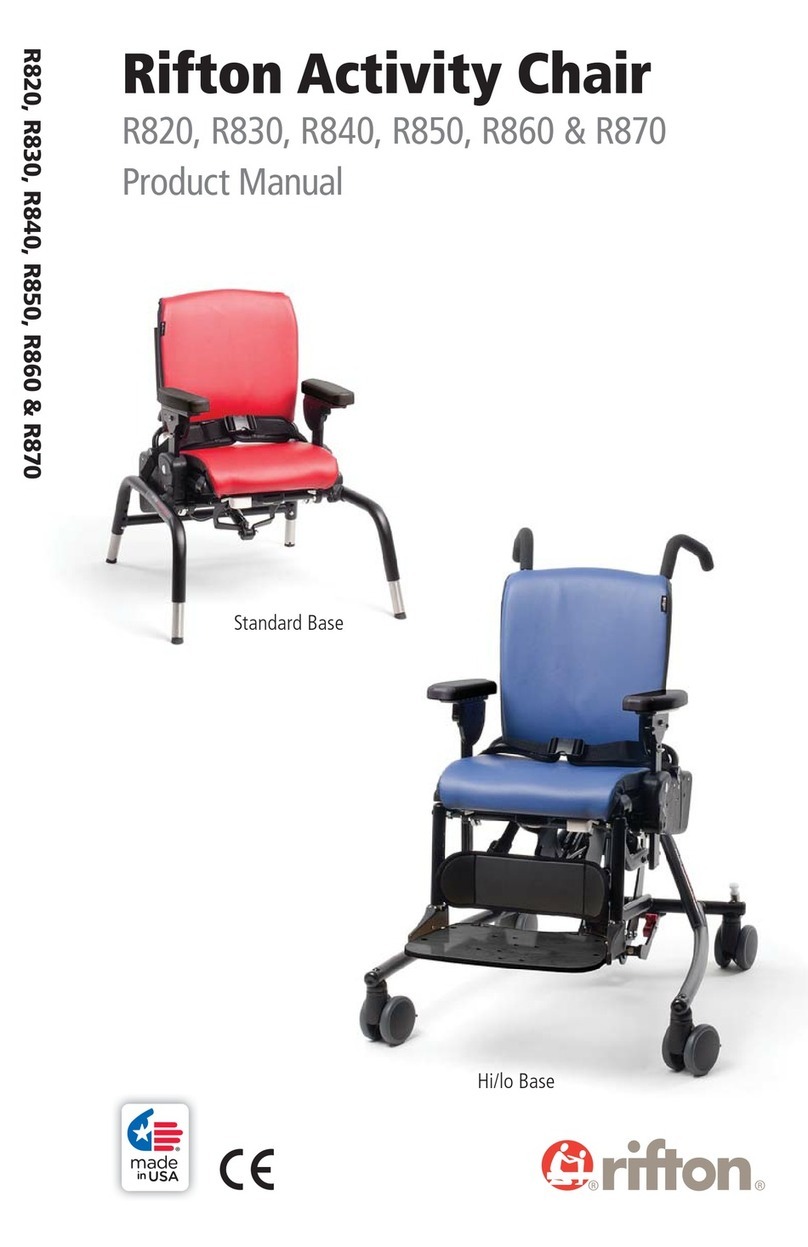Rifton E420 User manual
Other Rifton Mobility Aid manuals
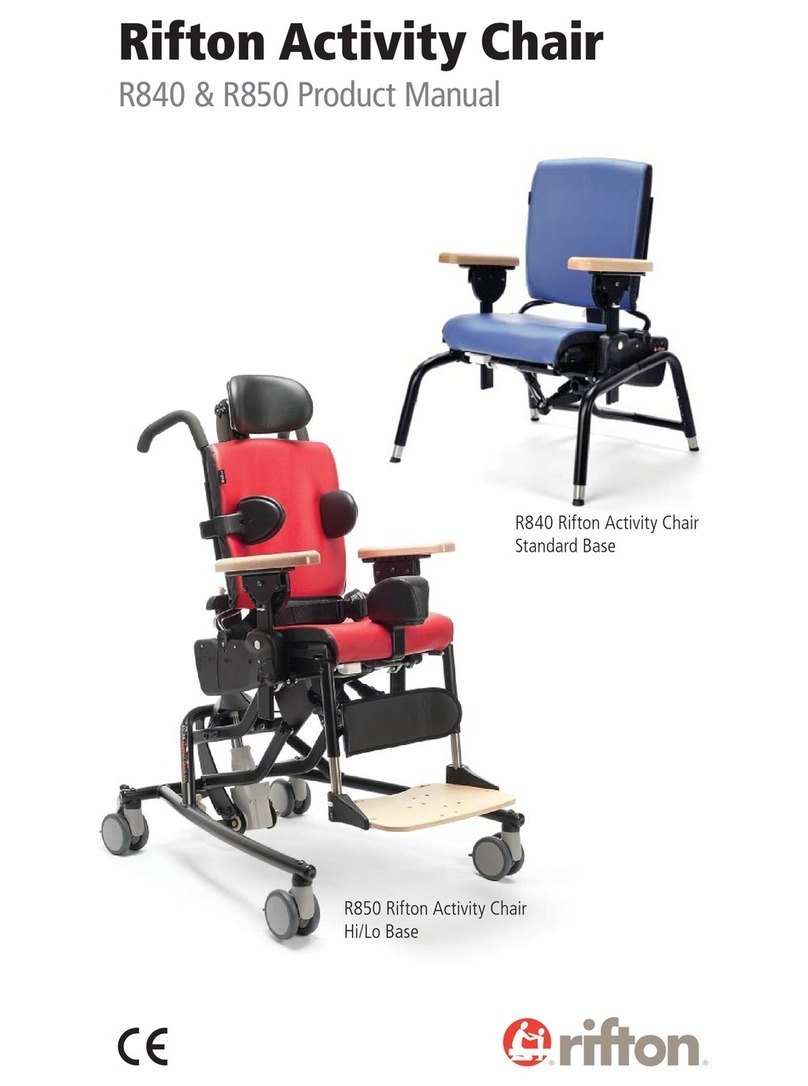
Rifton
Rifton R840 User manual
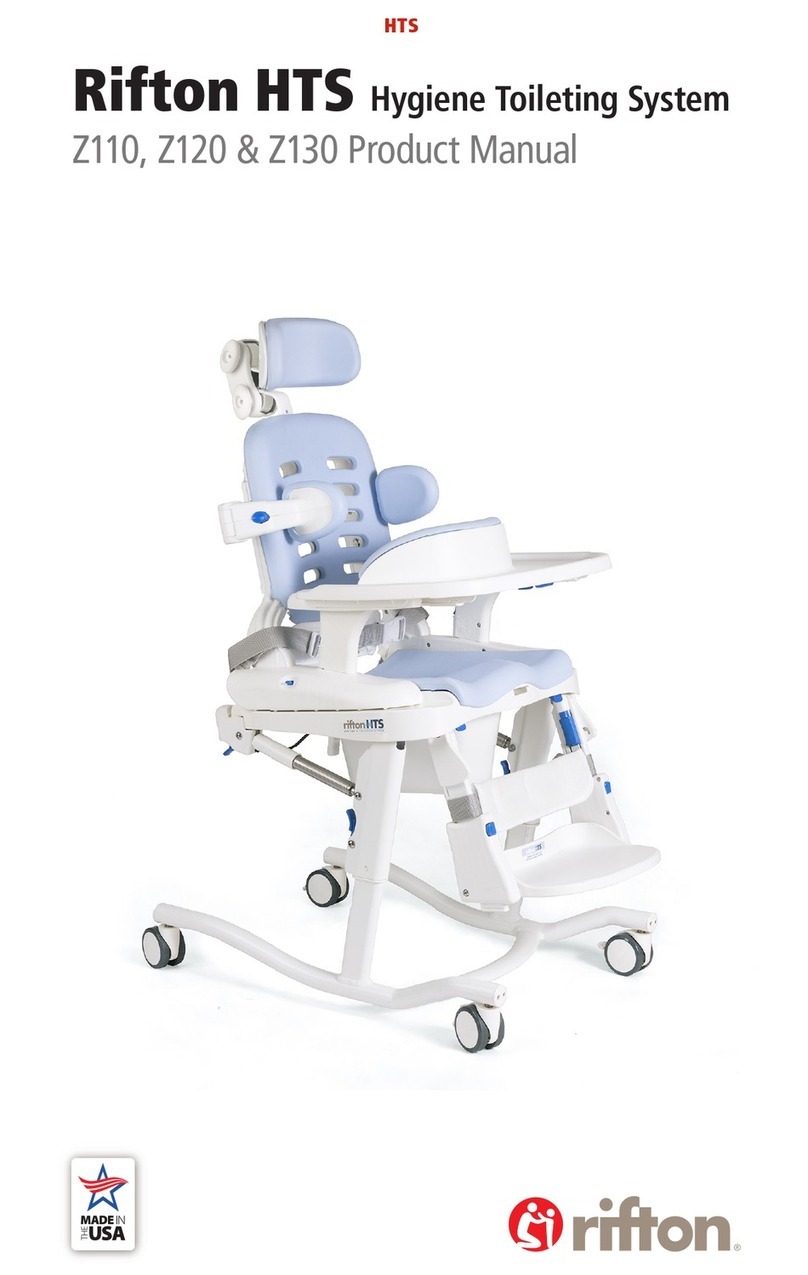
Rifton
Rifton HTS User manual
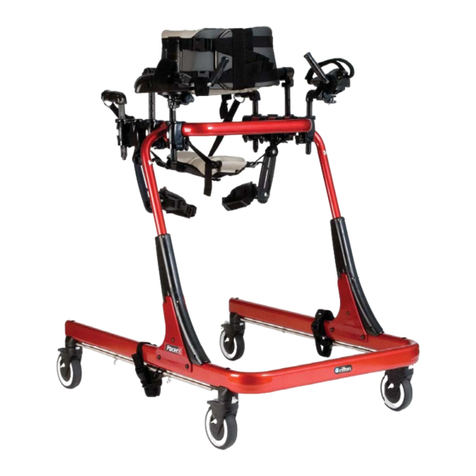
Rifton
Rifton K503 User manual
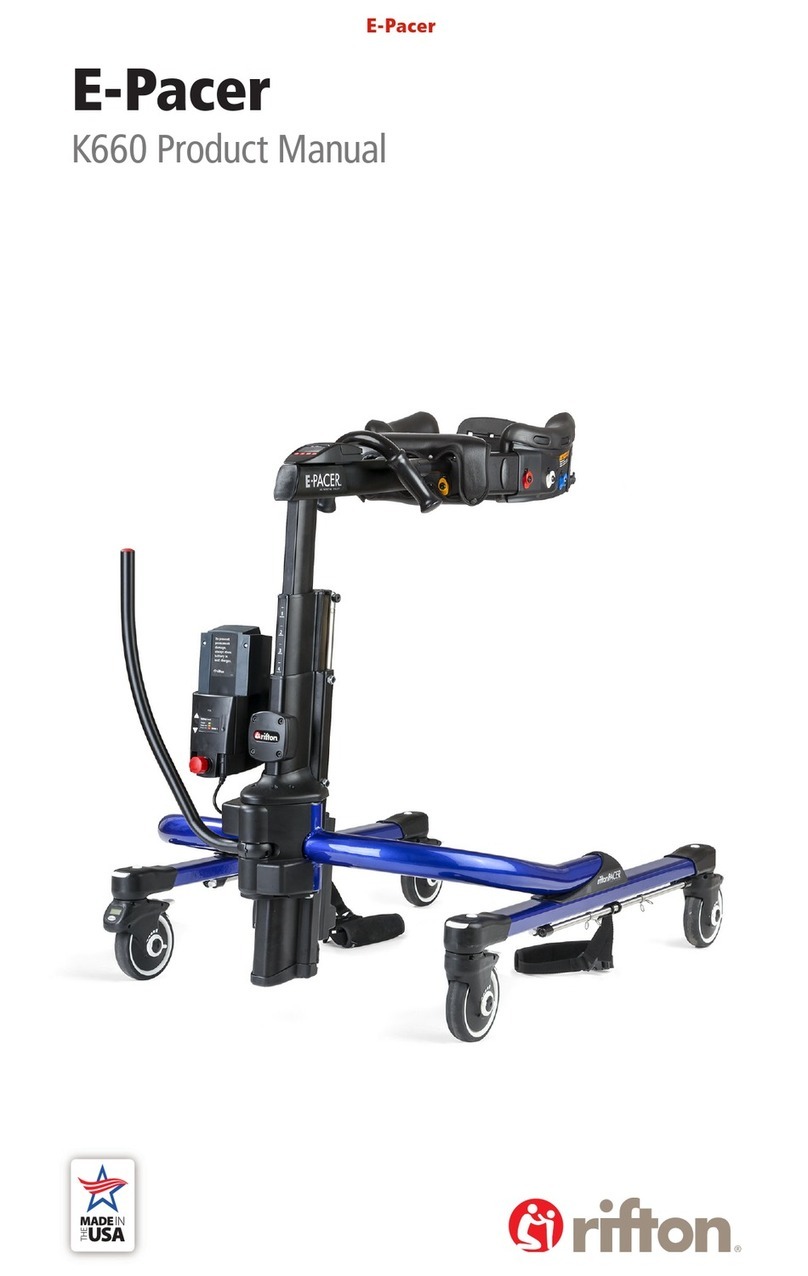
Rifton
Rifton E-Pacer K660 User manual

Rifton
Rifton K320 TRAM User manual

Rifton
Rifton Stander Size 2 User manual
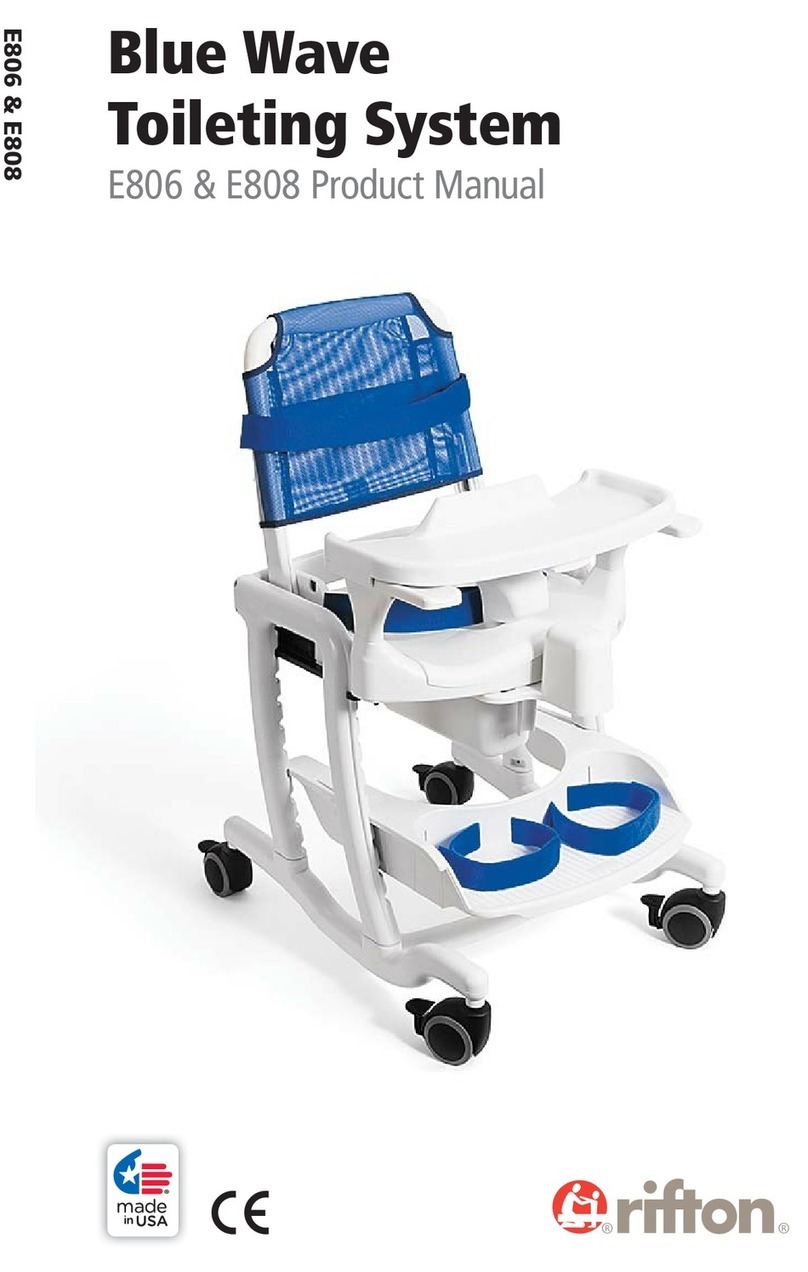
Rifton
Rifton Blue Wave E806 User manual
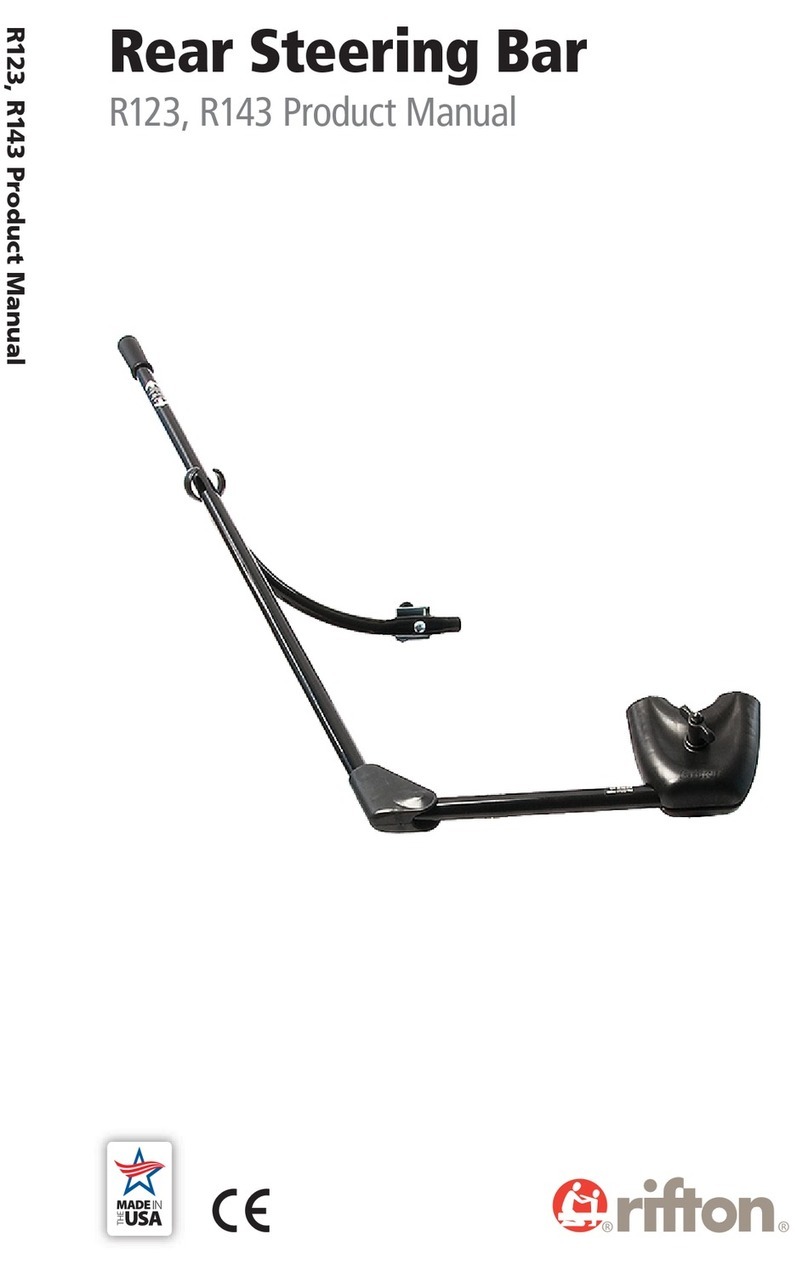
Rifton
Rifton R123 User manual

Rifton
Rifton Pacer K640 large User manual
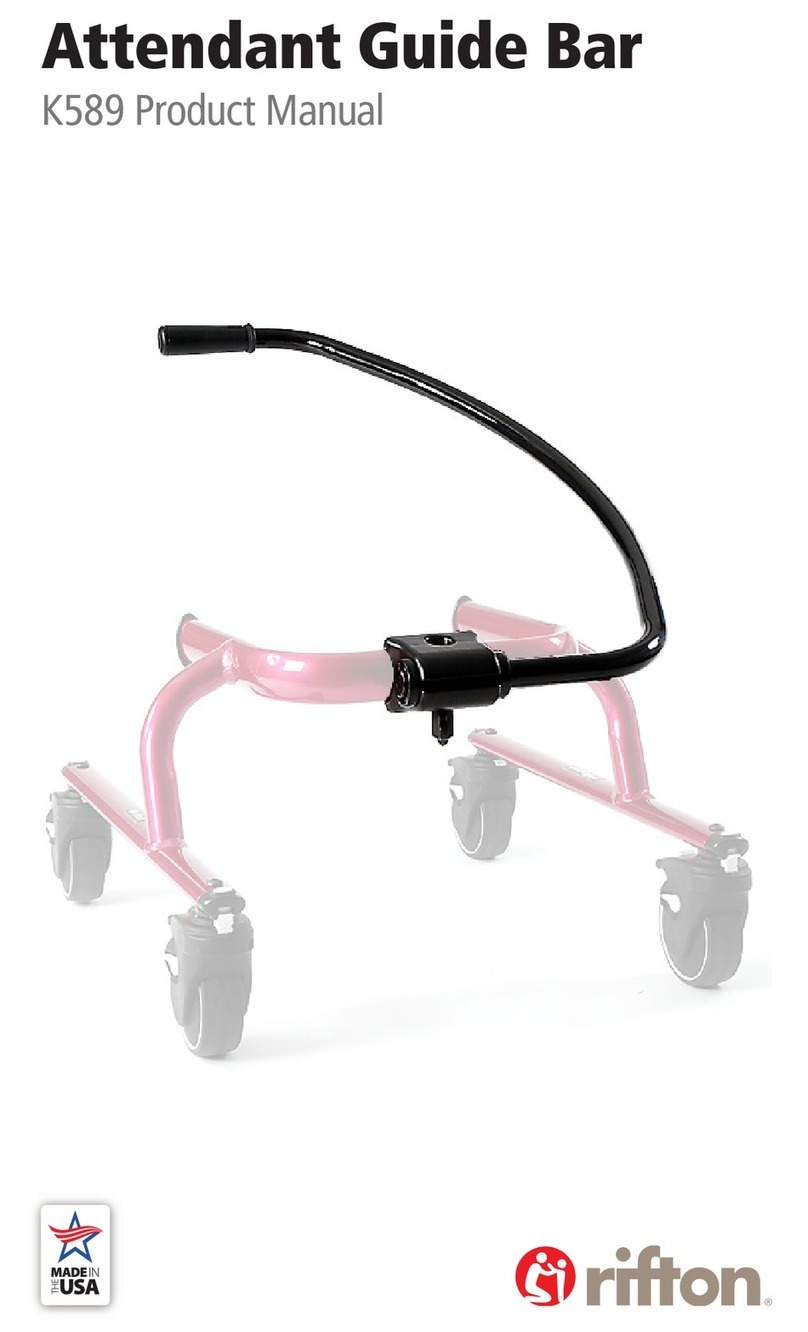
Rifton
Rifton K589 User manual
Popular Mobility Aid manuals by other brands

Decon wheel
Decon wheel TNS Notos Assembly instructions

ExoAtlet
ExoAtlet ExoAtlet-II user manual

Invacare
Invacare Storm Series parts catalog

Rhythm Healthcare
Rhythm Healthcare B3800F manual

AMF-BRUNS
AMF-BRUNS PROTEKTOR installation manual

Drive DeVilbiss Healthcare
Drive DeVilbiss Healthcare OTTER Instructions for use


